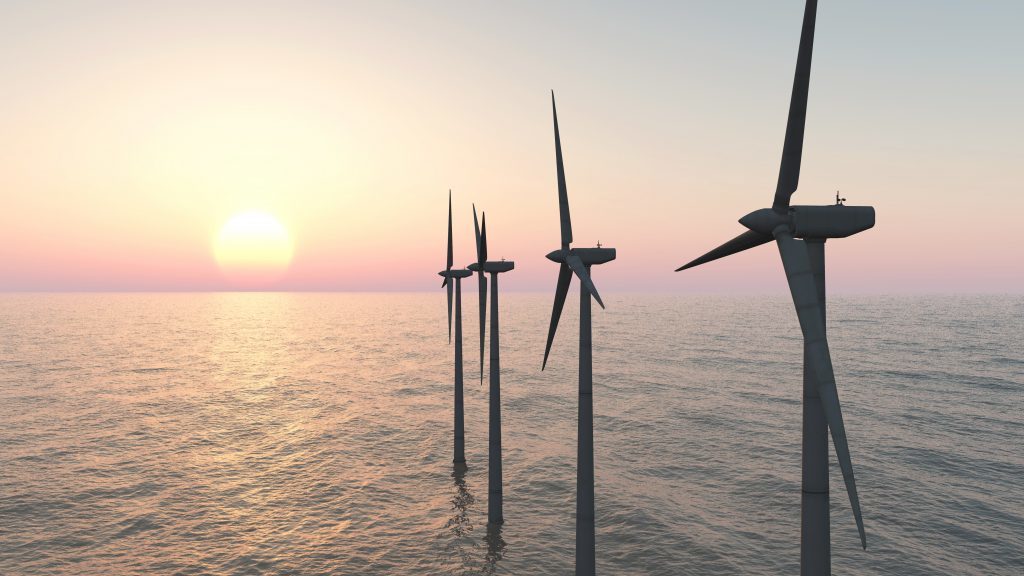
About a year ago, the Nordic region’s biggest lender warned of a “green bloodbath” among wind companies. Now, developers are discussing new investments rather than potential bankruptcies.
A combination of surging power prices and a revived green subsidy market has seen expected revenue for generating electricity from wind in Sweden and Norway almost double in the past 12 months. The industry is finally seeing rising returns after years of suppressed prices that prompted Nordea Bank AB to Swedbank AB to raise red flags on behalf of their clients.
“It has been very tough period for a lot of wind power companies, so every krona has a positive contribution,” said Seved Lycksell, head of production at Skelleftea Kraft AB, a Swedish utility. As an early investor with a lot of capital tied up in the sector, “power prices have a very hard impact on our economy,” he said.
The revival comes too late for Aligera Holding AB, which declared bankruptcy in January after it wasn’t able to pay interest on its loans because of the low prices. Kalix Vindkraft AB and Gothia Vind AB also folded in the past two years.
Sweden’s wind output more than doubled in the past five years as the region’s biggest economy increased its renewable targets, flooding the market with more supplies that’s sunk both power prices and the value of the certificates developers get for producing green energy.
But a slump in the availability of water to run through turbines, which account for half of the region’s power output, combined with rising coal and carbon prices has pushed Nordic rates to the highest level in five years. The value of certificates has tripled since the regulator intervened in the market to cut a surplus last year.
Popular Deals
The gains might trigger a shift away from long-term power-purchase agreements, which are lagging market rates. The accords became popular during the slump as they helped generators to reduce risk and secure a guaranteed income.
Those “deals are priced very low compared with power price forecasts,” said Mia Bodin, head of analysis at Bodecker Partners AB, which advises producers and investors on Nordic energy markets. “More and more investors are starting to look at alternatives to locking in 10 to 15 years of production at such low levels.”
Investment decisions on new projects generating enough electricity to meet the next wind target of 18 terawatt-hours, or more than 10 percent of current annual demand, by 2030 could be taken this year already, according to Bodin. Developers are facing a dilemma of either try to push forward with plans before Sweden halts new entrants into the subsidy system or hold off and hope projects will be viable without support.
“Wind power owners are definitely becoming more positive,” Bodin said.
Recommended for you
